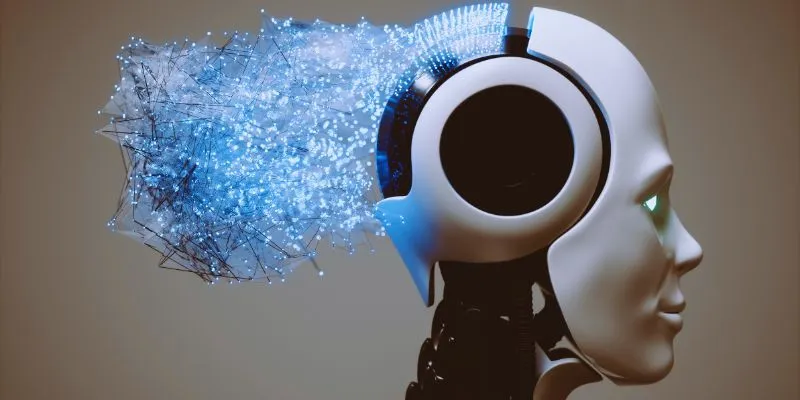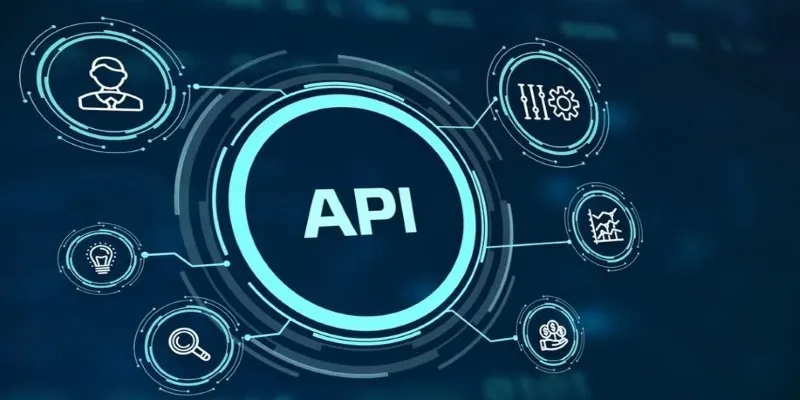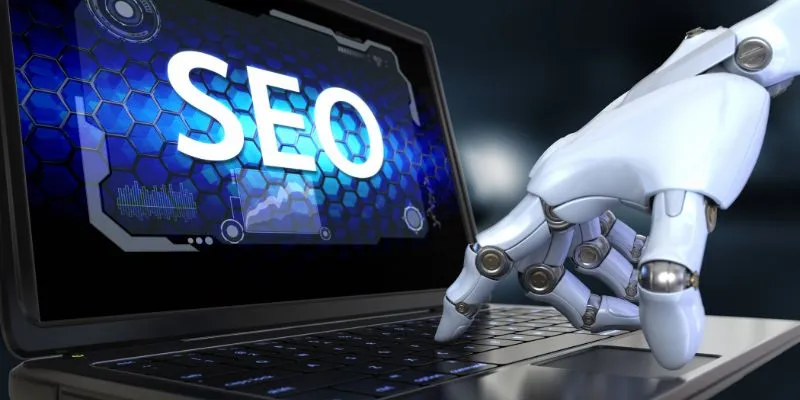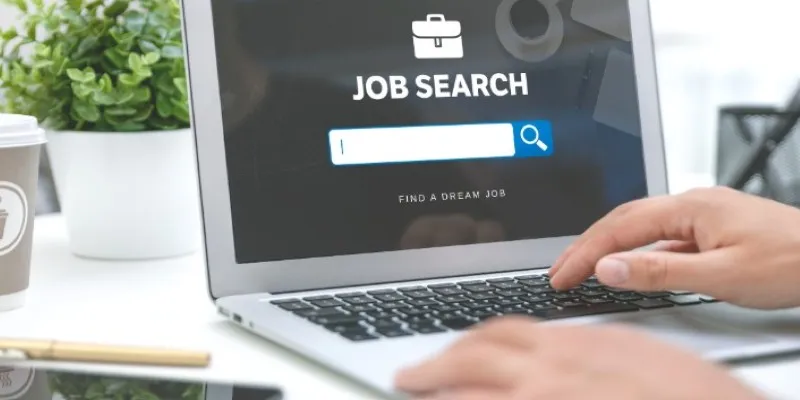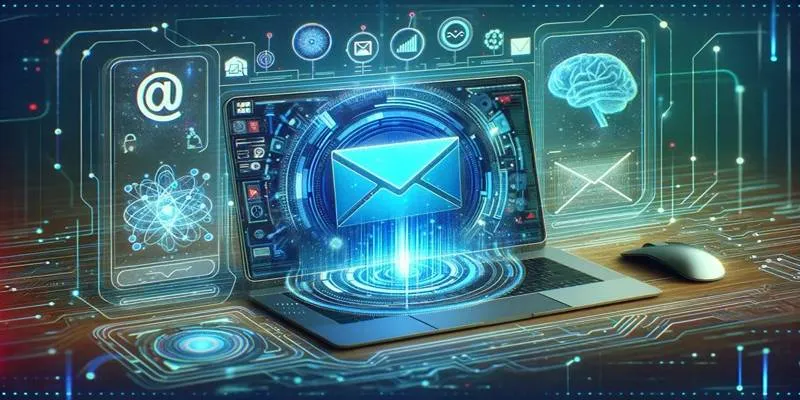The Super Bowl isn’t just about football; it’s one of the world’s largest live events, attracting tens of thousands of fans to the stadium and millions more watching from home. With such a massive scale, ensuring everyone’s safety becomes a colossal operation. Over the years, event security technology has evolved significantly. This year, the Super Bowl leaned heavily on artificial intelligence (AI), facial recognition, and strict no-drone enforcement to protect fans and players, showcasing modern tools that are reshaping major event security.
The Role of AI in Super Bowl Security
Artificial intelligence is now central to securing big events like the Super Bowl, proving invaluable this year. AI-powered cameras inside and around the stadium provided constant surveillance, performing tasks beyond human capability. These systems flagged anything unusual in real-time, such as an unattended bag, someone moving into a restricted area, or suspicious clusters forming unexpectedly. Each alert gave security teams a head start, allowing them to intervene before issues escalated.
AI wasn’t just about threat detection—it also ensured smooth crowd movement. With tens of thousands of people arriving and departing, past games often faced dangerous gate pileups. Predictive analytics tracked movements minute by minute, enabling staff to open additional entrances or redirect foot traffic to prevent risks, resulting in fewer delays and a safer flow.
In the background, AI safeguarded the stadium’s digital infrastructure. With numerous connected systems, from ticket scanners to live broadcast equipment, unauthorized intrusions were a real threat. AI monitored the network quietly, identifying unusual activities and blocking potential breaches, ensuring the smooth operation of both the game and its technology.
Facial Recognition: Enhancing Security Layers
Facial recognition technology made a significant yet discreet impact at the Super Bowl. Security checkpoints were equipped with cameras capable of matching faces against watchlists of known threats. This didn’t mean everyone was tracked; the software focused on individuals flagged by law enforcement or banned from the event.

Using facial recognition expedited security checks, reducing the need for lengthy manual inspections or ID verifications in certain areas. Fans reached their seats faster, while staff concentrated on real risks. Inside the stadium, the technology monitored certain sections more closely, alerting security staff if someone unauthorized attempted to enter restricted areas.
Critics have raised privacy concerns regarding facial recognition’s growing use. Super Bowl officials emphasized that the system was narrowly applied, and data wasn’t stored beyond the event. Nonetheless, its presence sparked discussions about balancing safety with personal privacy—a debate likely to continue as the technology spreads to more venues.
The No-Drone Zone: Ensuring Safety from Above
While AI and facial recognition introduced new tools, another measure relied on simplicity: banning drones entirely. Leading up to the Super Bowl, the Federal Aviation Administration (FAA) issued a strict no-fly zone around the stadium. Drones, increasingly common among hobbyists and professionals, pose serious risks at crowded events.
A drone could crash into a crowd, disrupt air traffic, or carry harmful materials. To eliminate such risks, the airspace was constantly monitored, and unauthorized drones were intercepted immediately. Law enforcement used radar, sensors, and signal jammers to keep the skies clear.
This rule wasn’t just about safety but also peace of mind. With tens of thousands packed into the stadium, even a harmless drone buzzing overhead could cause panic. The clear ban ensured a secure area, avoiding surprises during the game.
The Indispensable Human Element
Despite high-tech tools, the Super Bowl still relied on thousands of human staff to maintain control. Metal detectors, bag checks, and uniformed officers on foot remain the foundation of event security. AI and facial recognition didn’t replace people; they supported them.

Technology provided staff with better information, faster alerts, and smarter crowd management methods, but successful operations still depended on well-trained teams responding on the ground. This combination of people and technology made the operation effective, reassuring fans of their safety without feeling like they were in a high-security facility.
Achieving Balance: Safety and Experience
Balancing safety and experience at large events, like the Super Bowl, is challenging. Fans expect safety but don’t want enjoyment overshadowed by heavy-handed measures. This year’s use of AI, facial recognition, and a strict no-drone policy achieved that balance. Technology operated quietly in the background, detecting risks and maintaining smooth crowd flow without causing delays. Staff focused on real threats, allowing most fans to pass through checkpoints quickly. By blending advanced tools with attentive human teams, organizers created a safe, welcoming atmosphere, letting everyone focus on the game itself.
By implementing AI, facial recognition, and no-drone zones, the Super Bowl set a new standard for event security, efficiently balancing safety with the fan experience.
 zfn9
zfn9




